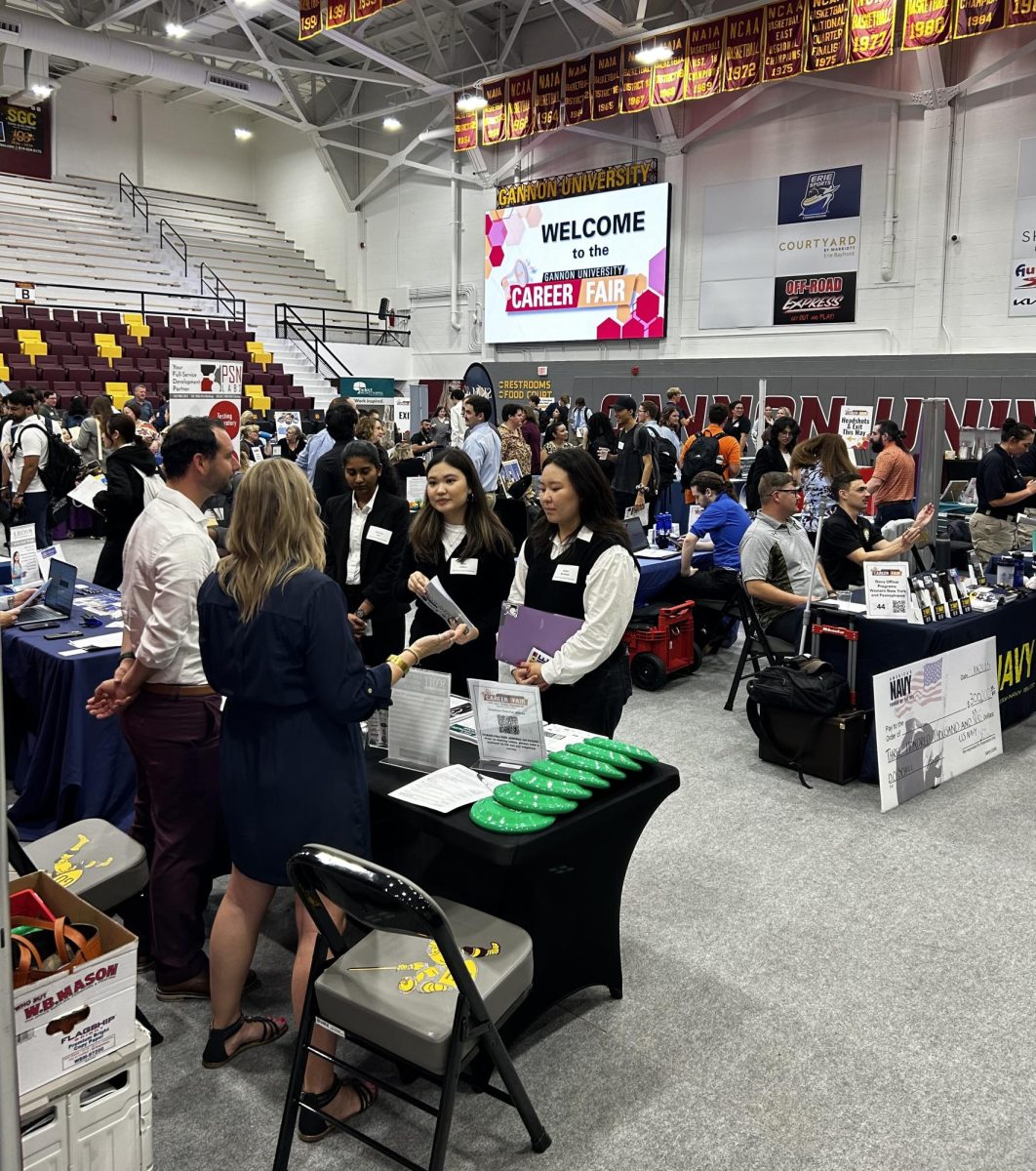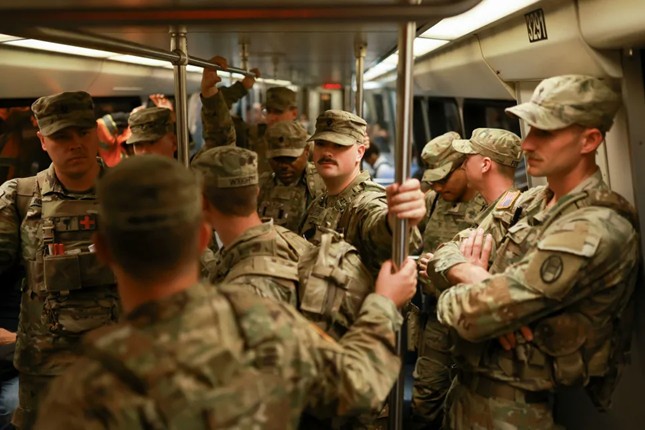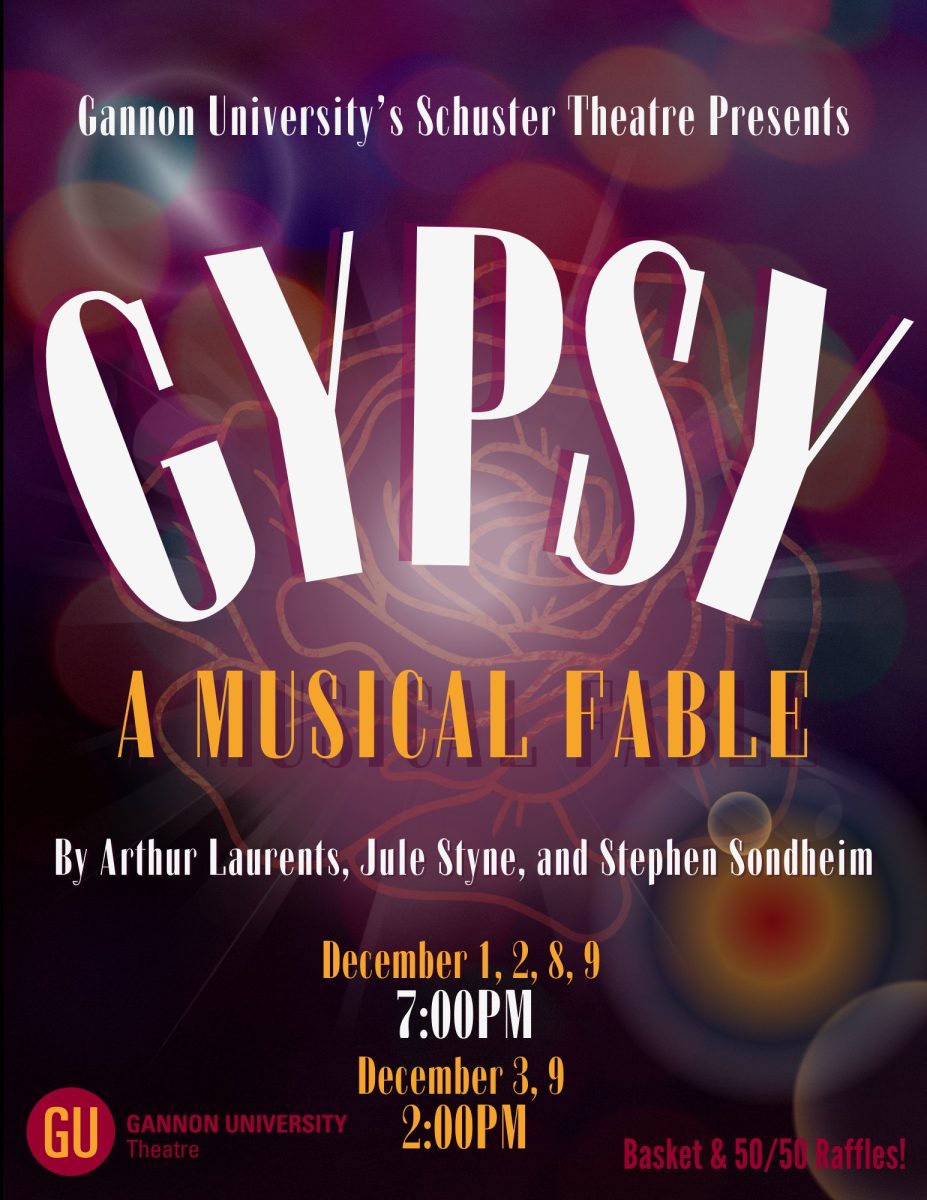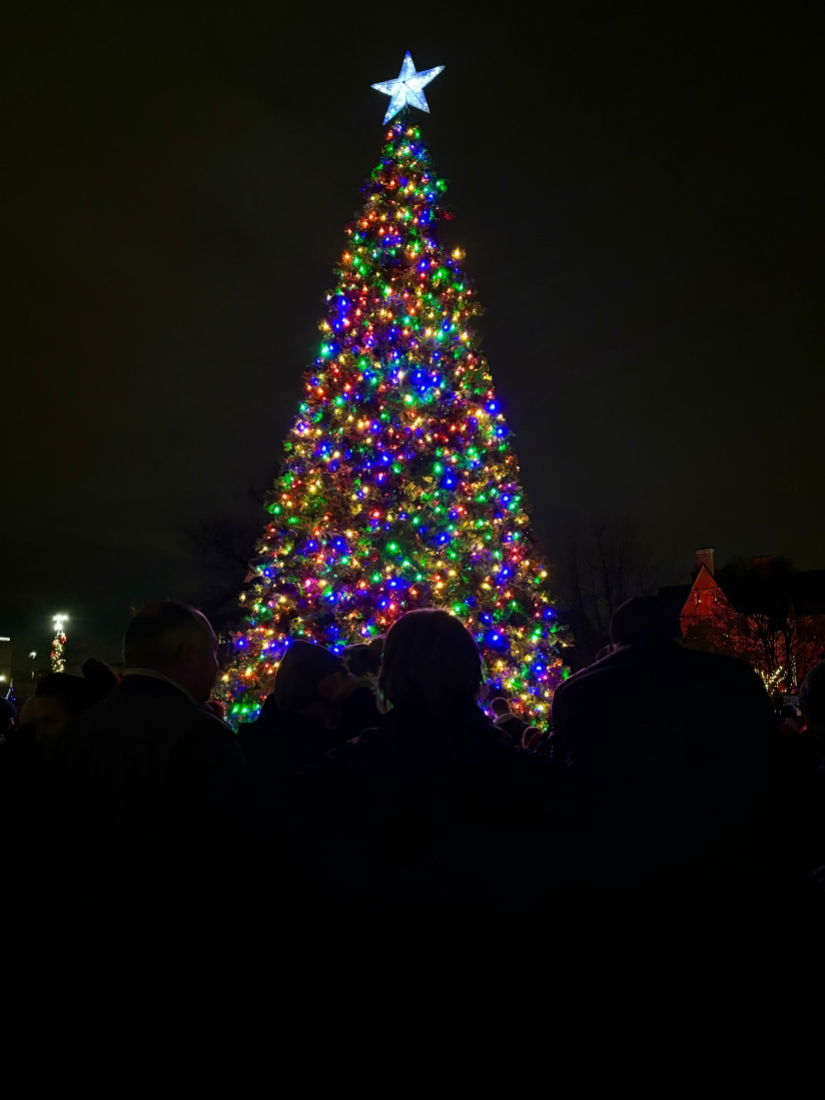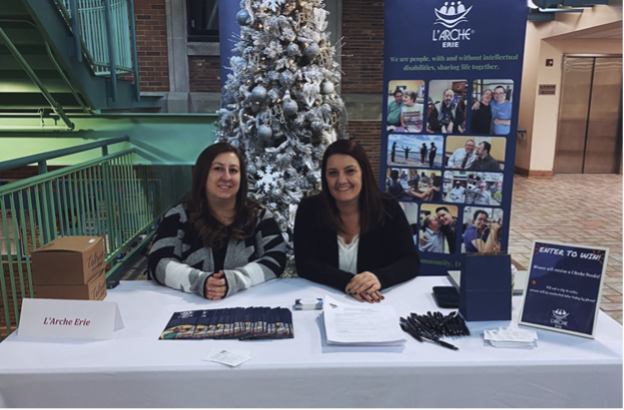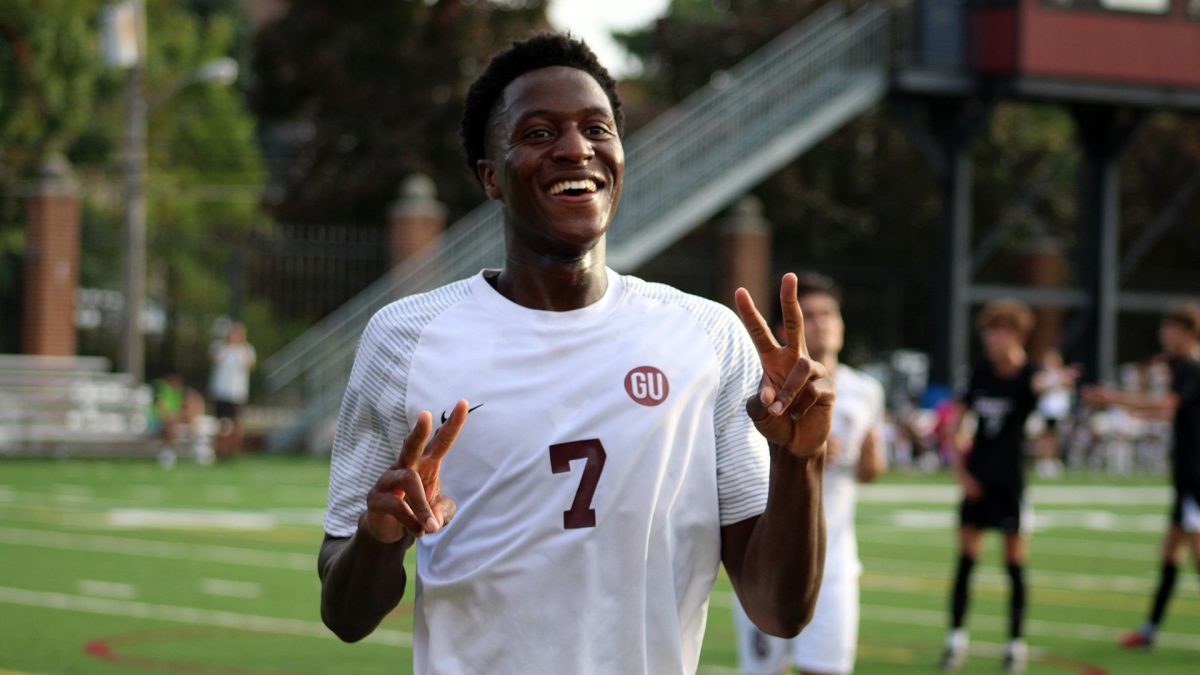Gannon University has the privilege of hosting the traveling exhibit from the United States Holocaust Memorial Museum, Deadly Medicine: Creating the Master Race. This exhibit details the complex and incredibly intricate plans for creation of what the Nazi regime referred to as the master race.
The exhibit examines how the leaders of the Nazi party worked in conjunction with people in health and science fields to begin carrying out the systematic extermination of any group of people that the party believed to be diseased, undesirable or threatening to public health.
These groups included, most famously, the Jewish people, as well as gypsies, people born with physical or mental limitations, people of Polish descent, Soviet prisoners of war, and Afro-Germans.
Susan Bachrach, the exhibition curator, explained the exhibit.
“Deadly Medicine explores the Holocaust’s roots in then-contemporary scientific and pseudo-scientific thought,” she said.
“It touches on complex ethical issues we face today, such as how societies acquire and use scientific knowledge and how they balance the rights of the individual with the needs of the larger community.”
The exhibit has been on display since June 22 and will run through Oct. 28. It is open to the public and free of charge during all library hours.
Tours are available to any person or group by reservation and can be reserved by contacting Caroline DiPlacido by phone at 814-871-5816 or via email at [email protected].
Tours require about one hour of time to complete. There are also several informative videos about the exhibit online through the United States Holocaust Memorial Museum’s website.
Katherine Kiss, a freshman occupational therapy major, visited the exhibit with her mother during orientation weekend.
Kiss said she was surprised by the practices that the Nazi party used.
“It’s hard for me to believe how easily some people could treat other people like they aren’t even humans,” Kiss said.
The exhibit will also be included on the list of open galleries for the Erie Art Museum’s Gallery Night on Sept. 25.
Linda Fleming, Ph.D., Dean of the College of Humanities, Education and Social Sciences, and manager of the Deadly Medicine Exhibit while it is at Gannon, and Jeff Bloodworth, Ph.D., head of the history and archaeology department, will be available throughout the evening to speak to visitors about the exhibit.
In addition to the exhibit, Gannon is offering a corresponding lecture series that will explore the topics of the exhibit in greater detail.
The opening lecture, “Deadly Medicine: The Nazi Context for the Holocaust,” will be given by Bloodworth at 7:30 p.m. Thursday in the Nash Library and will mark the official opening of the exhibit.
The second part of the lecture series, “Exhibiting Human Atrocity,” will be given by one of the exhibit’s original curators, Alexa D. Porter, at 1:30 p.m. on Sept. 17 in the Nash Library. The lecture examines accounts the detective work and difficult decisions made by the United States Holocaust Memorial Museum to create an exhibit about the eugenics behind the Nazi plan for the creation of a master race.
The third lecture in the Deadly Medicine series, “Eugenics Meets Modern Biotechnology,” will be delivered by biology faculty member Kelly Grant at 7:30 p.m. on Sept. 24 in the Yehl Ballroom in the Waldron Campus Center.
The lecture will explore the implications of using CRISPRs (clustered regularly interspaced short palindromic repeats), a tool that makes it possible to alter the human genome, as well as briefly explain the technology behind it.
The final lecture of the series will be delivered by Holocaust survivor Halina Peabody at 7:30 p.m. on Oct. 8 in the Yehl Ballroom where she will share her story of survival.
There will also be an Interfaith Shabbat with Temple Anshe Hesed at 6:15 p.m. on Oct. 23 in the Yehl Ballroom to close out the exhibit.
“Booked years in advance by universities and museums across the United States, Europe, and Israel, this traveling exhibit is a quite literally a once in a lifetime opportunity,” Bloodworth said. “Gannon is rightly proud to host this most extraordinary museum exhibition.”
Lydia Fennessy




